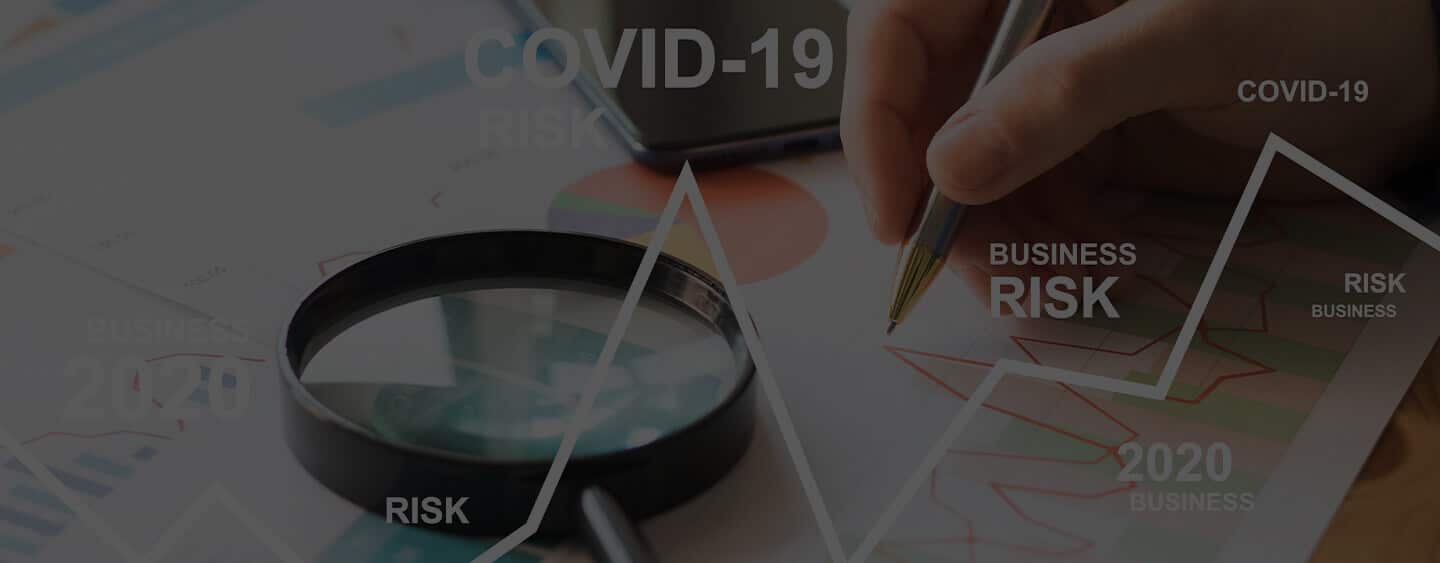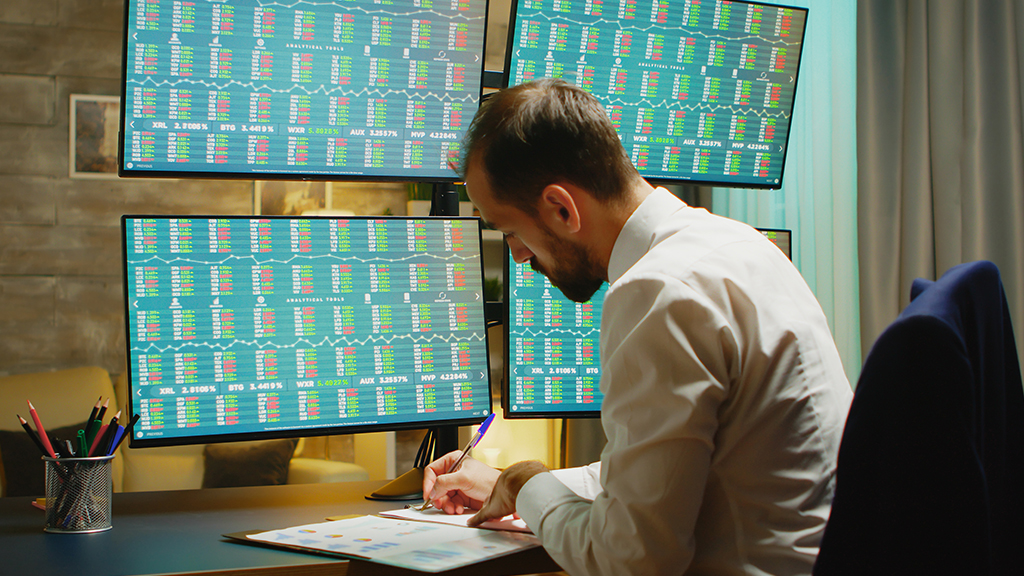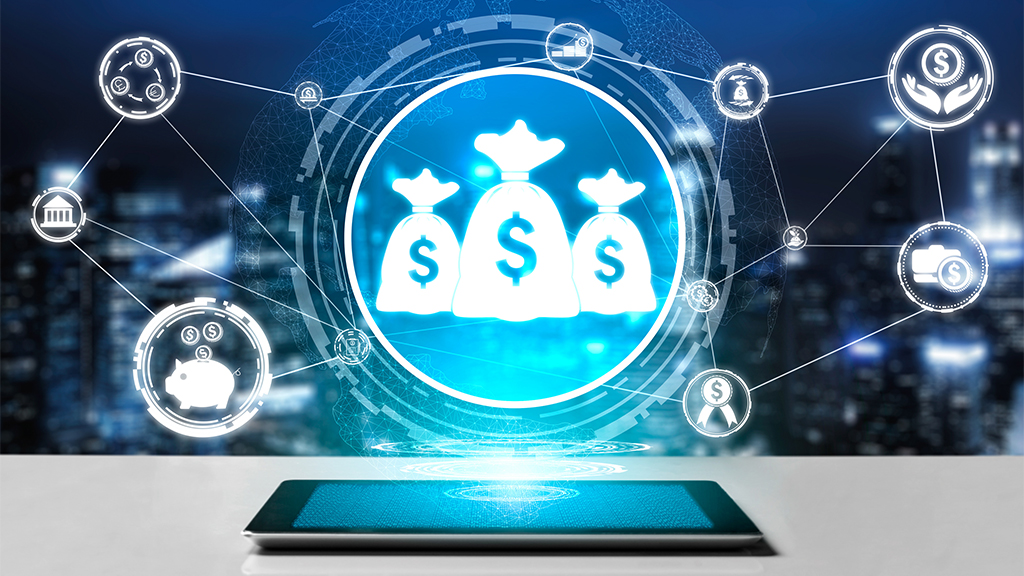Retail, as we know it, has changed.
The global pandemic and resulting shutdowns have brought about substantial and lasting changes in the entire retail ecosystem. Changes expected over the next couple of years have happened in weeks, forcing retailers to reshape and digitalize their business in real-time. From managing the financial impacts of store closures and supporting the workforce working remotely to digitalizing operations and making cross-vertical partnerships, retailers operating in segments like luxury goods, beauty, apparel, and footwear are at the forefront of a new landscape, facing challenges they have not dealt with before. These changes and challenges have introduced three significant trends for the next normal.
With evolved lifestyles and evolved companies, what are the key trends that stand out?
Collaborative work with technology at its backbone
There is a shift in how people collaborate and work – from individual remote working to collaborative working utilizing technology. The work environment in the new normal needs to be more inclusive and agile.
The notion of “anytime, anywhere” in consumer adoption
The consumption patterns are changing; online commerce has increased drastically. Consumers have embraced change and demand an end-to-end buying and shopping experience that is consistent across all touchpoints. Retailers also need to rethink existing processes to cope up with additional challenges such as managing reverse logistics.
Scalable sustainability for the environment, for the organization
There is an increased preference for green and sustainable value chains while ensuring revenue and efficiency in all processes –from production to delivering and serving customers.
How can CRM and ERP sustain Retail during COVID-19 and beyond?
The realignment of customer preferences and working practices has forced retailers to be responsive and invest heavily in their technology stack. Here is why CRM and ERP software are the immediate need of retailers today!
Real-time Information
The role of information in business operations is quite significant. When businesses grow and expand, it becomes tough and sometimes impossible to synchronize the data across all channels. So, what serious repercussions can this lead to?
For starters, a price change might not be visible across all channels, and this information can be misused easily. If the amendments made are not reflected uniformly, this would lead to incorrect records. However, the most serious repercussion would be a delay in information being broadcasted, resulting in the delay of overall operations and poor efficiency. Many retailers face this disruption, especially those with no digital transformation plan in place, and now they require more visibility and control of their workflows than before.
However, the right mix of ERP and CRM software can fix this. They leave no room for error or delay while distributing real-time information across all channels.
















